- No products in the cart.
Lefoktsin tab n / 500mg film about 10 pc
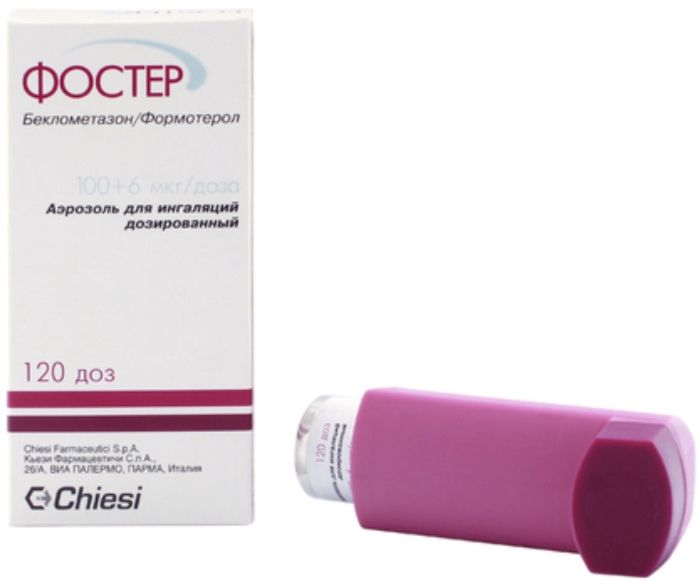
Foster spray ing. scrapper. 6mkg + 0.1mg / dose 120doz
$50.90
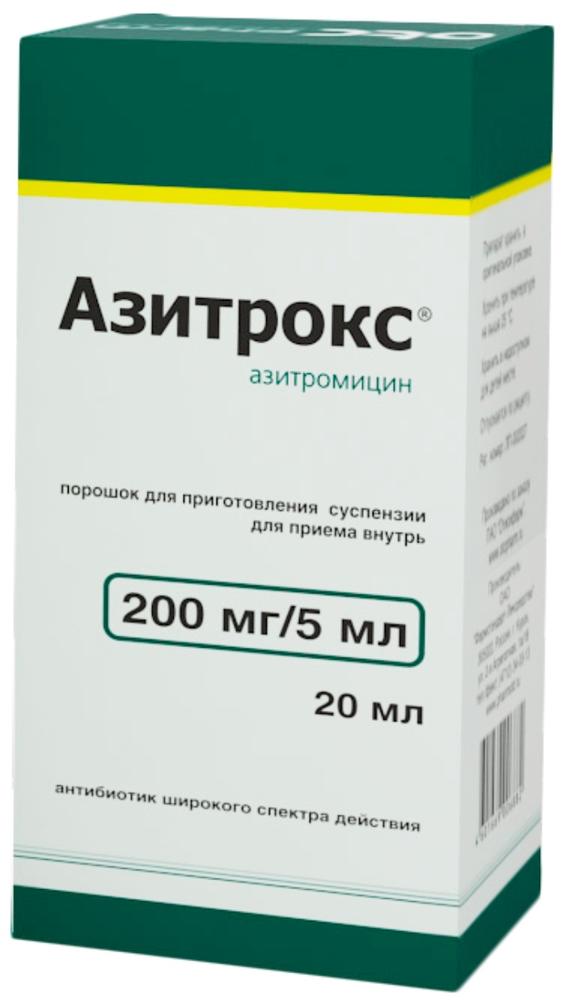
Azitroks prig.susp.dlya powder for oral 200mg / 5ml vial 15.9g one piece with the measuring spoon and a pipette
$7.09
$9.83
Lefoktsin tab n / 500mg film about 10 pc
SKU: 01670997024 Categories: Antibacterial, Antibiotics, antimicrobial, antiparasitic, Medicaments Tags: 10 pieces, Lefoktsin
Description
Composition
Active substance:
1 tablet of 250 mg contains: levofloxacin 250 mg 500 mg 1 tablet contains: 500 mg of levofloxacin.
Excipients:
Starch, microcrystalline cellulose, povidone K30, colloidal silicon dioxide, sodium carboxymethyl starch, talc, magnesium stearate, film coating: Hypromellose, propylene glycol, talc, titanium dioxide, iron oxide red dye, yellow iron oxide colorant.
Description:
250 mg Tablets:
Tablets pale beige lenticular, oblong shape (caplets), film-coated, with the fault line on one side.
500 mg Tablets:
Tablets beige lenticular, oblong shape (caplets), film-coated, with the fault line on one side.
Product form:
Tablets, film-coated, 250 mg and 500 mg.
3, 5, 6, 7, 10 tablets in a blister PVC / PVDC / Aluminum foil.
1, 2, 3 or 4 in the blister pack carton along with instructions for use of the drug for medical use.
Contraindications
Hypersensitivity to levofloxacin, other fluoroquinolones or to other components of the formulation; epilepsy; gravis (myasthenia gravis); tendon injury during the earlier treatment of quinolones; childhood and adolescence (18 years); Pregnancy and breast-feeding.
Carefully
Patients predisposed to the development of seizures [patients with previous lesions of the central nervous system (CNS) in patients concomitantly receiving drugs that reduce the seizure threshold of the brain availability, such as fenbufen, theophylline] (see. See “The interaction with other drugs “). Patients with latent or manifest deficiency of glucose-6fosfatdegidrogenazy (increased risk of hemolytic reactions in the treatment of quinolones). In patients with impaired renal function (requires mandatory monitoring of renal function, as well as the correction of dosing regimen). In patients with known risk factors for prolongation of the interval QT: elderly patients; in female patients, patients with uncorrected electrolyte disorders (hypokalemia, hypomagnesemia); syndrome of congenital lengthening the interval QT; cardiac diseases (cardiac insufficiency, myocardial infarction, bradycardia); while reception of drugs capable to lengthen the interval QT (antiarrhythmics of Class IA and III, tricyclic antidepressants, macrolides, antipsychotics). In patients with diabetes receiving oral hypoglycemic agents, e.g., glyburide or preparations of insulin (increasing the risk of hypoglycemia). Patients with severe adverse reactions to other fluoroquinolones such as severe neurological reaction (similar to an increased risk of adverse reactions when applying levofloxacin). Patients with psychosis or in patients with a history of mental illness.
Dosage
500 mg
Indications
Bacterial infections are sensitive to levofloxacin, in adults with acute sinusitis; exacerbation of chronic bronchitis; community-acquired pneumonia; uncomplicated urinary tract infections; complicated with urinary tract infections (including pyelonephritis); chronic bacterial prostatitis; infections of skin and soft tissues; for the integrated treatment of drug-resistant TB; 9 prevention and treatment of anthrax with droplet path infection.
Interaction with other drugs
Preparations containing magnesium, aluminum, iron and zinc, didanosine
Preparations containing divalent or trivalent cations such as zinc or iron salts (drugs for the treatment of anemia) of magnesium and / or aluminum-containing preparations (such as antacids), didanosine (only formulations containing as buffer aluminum or magnesium), It is recommended to take at least 2 hours before or 2 hours after administration of levofloxacin formulation.
calcium salt
Calcium salts have a minimal effect on the absorption of levofloxacin when taken orally.
sucralfate
Action levofloxacin significantly attenuated while the use of sucralfate (the means to protect the gastric mucosa). Recommended taking sucralfate 2 hours after receiving Levofloxacin drug.
Theophylline, fenbufen or similar medicaments from the group of non-steroidal anti-inflammatory drugs (NSAIDS) reduce the seizure threshold of the brain availability.
Pharmacokinetic interactions of levofloxacin with theophylline is not revealed. However, while the use of quinolones and theophylline, NSAIDs and other medications that lower seizure threshold of the brain availability, possibly marked reduction in seizure threshold of the brain availability.
Levofloxacin concentration while taking fenbufen increased by only 13%.
Indirect anticoagulants (vitamin K antagonists)
In patients treated with levofloxacin in combination with indirect anticoagulants (eg, warfarin), there was an increase in prothrombin time / international normalized ratio and / or the development of bleeding, including heavy. Therefore, while the use of anticoagulants and levofloxacin requires regular monitoring of blood coagulation parameters.
Probenecid and cimetidine
With simultaneous use of drugs that violate renal tubular secretion, such as probenecid and cimetidine, and levofloxacin caution, especially in patients with renal insufficiency.
Excretion (renal clearance) of levofloxacin slows down under the action of cimetidine in 24% and 34% of probenecid. It is unlikely that this could be of clinical importance in the normal renal function.
cyclosporine
Levofloxacin increased T1 / 2 ciclosporin 33%. Since it is clinically insignificant increase, correction cyclosporin dose when applied simultaneously with levofloxacin is required.
glucocorticosteroids
Simultaneous treatment with glucocorticoids increases the risk of tendon rupture.
Medications, lengthening the interval from
Levofloxacin, like other fluoroquinolones, should be used with caution in patients receiving drugs, lengthening the interval QT (antiarrhythmics of Class IA and III classes, tricyclic and tetracyclic antidepressants, antipsychotics, macrolides, antifungals, imidazole derivatives, some antihistamines including astemizole , terfenadine, ebastine).
other
Conducted clinical and pharmacological studies to investigate possible pharmacokinetic interactions of levofloxacin with digoxin, glibenclamide, ranitidine and warfarin showed that the pharmacokinetics of levofloxacin, while the use of these drugs has not changed sufficiently that it had clinical significance.
Overdose
symptoms
Symptoms of an overdose of levofloxacin are shown at the level of the central nervous system (confusion, dizziness, impairment of consciousness, and seizures of epipripadkov type). Furthermore, there may be marked gastrointestinal disorders (e.g., nausea) and erosive mucosal lesions, lengthening the interval QT.
Treatment
In case of overdose requires careful monitoring of the patient, including the monitoring of the electrocardiogram.
Treatment should be symptomatic. In the case of acute overdose shown gastric lavage and administering antacid to protect the gastric mucosa. Levofloxacin is output by dialysis (hemodialysis, peritoneal dialysis and continuous peritoneal dialysis). There is no specific antidote.
pharmachologic effect
Pharmacological group:
The antimicrobial agent – fluoroquinolone.
Pharmacodynamics:
Levofloxacin – synthetic antibacterial agent of a broad spectrum fluoroquinolone, levorotatory isomer of ofloxacin. Levofloxacin blocking DNA gyrase and topoisomerase IV, and crosslinking gives supercoiling of DNA breaks, inhibits DNA synthesis, causes profound morphological change in the cytoplasm, the cell wall and membranes of bacteria.
Levofloxacin is active against most strains of microorganisms in conditions in vitro, and in vivo.
In vitro:
Sensitive organisms (minimum inhibitory concentration (MIC)
Pregnancy and breast-feeding
The drug Levofloxacin is contraindicated in pregnancy and during breastfeeding.
Conditions of supply of pharmacies
On prescription.
side effects
Classification of the incidence of side effects according to the recommendations of the World Health Organization (WHO): very common> 1/10; often by> 1/100 to 1/1000 to 1/10000 to
Violations of the heart seldom – sinus tachycardia, palpitations; the frequency is unknown – lengthening the interval QT, ventricular arrhythmias, ventricular tachycardia type “pirouette”, which can lead to cardiac arrest (see “Overdose”, “Cautions”.).
Blood disorders and lymphatic system: rarely – leukopenia, eosinophilia; rarely – neutropenia, thrombocytopenia; the frequency is unknown – pancytopenia, agranulocytosis, hemolytic anemia.
Disorders of the nervous system: often – headache, dizziness; infrequently – drowsiness, tremor, dysgeusia (taste perversion); rarely – paresthesia, convulsions (see section “Special instructions.”); the frequency is unknown – peripheral sensory neuropathy, peripheral sensorimotor neuropathy, dyskinesia, extrapyramidal disorder, ageusia (loss of taste), parosmiya (disorder of sense of smell, especially the subjective sensation of smell, objectively absent), including loss of sense of smell, faint, benign intracranial hypertension.
Violations by the organ of vision: rarely – visual disturbances such as blurred visible image; the frequency is unknown – a transient loss of vision.
Violations by the organ of hearing and labyrinth disorders: rare – vertigo (a feeling of rejection or whirling, or your own body or surrounding objects); rarely – ringing in the ears; the frequency is unknown – hearing loss, hearing loss.
Violations of the respiratory system, thorax and mediastinum: rarely – shortness of breath; the frequency is unknown – bronchospasm, hypersensitivity pneumonitis.
Disorders of the gastrointestinal tract: often – diarrhea, vomiting, nausea; Infrequent – abdominal pain, dyspepsia, flatulence, constipation; the frequency is unknown – hemorrhagic diarrhea which in very rare cases, it may be a symptom of enterocolitis, including pseudomembranous colitis) (see “Cautions”), pancreatitis..
Violations by the kidneys and urinary tract: rarely – increased creatinine concentration in plasma; rarely – acute renal failure (e.g., due to the development of interstitial nephritis).
Violations of the skin and subcutaneous tissue disorders: rare – rash, itching, hives, rash; frequency is unknown – toxic epidermal necrolysis, Stevens-Johnson syndrome, exudative erythema multiforme, photosensitivity reactions (see “Special instructions.”), leukocytoclastic vasculitis, stomatitis.
Adverse reactions of the skin and mucous membranes can sometimes develop even after the first dose.
Violations by the musculoskeletal system and connective tissue disorders: rarely – arthralgia, myalgia; rare – the defeat tendons, including tendonitis, muscle weakness, which can be especially dangerous in patients with gravis (myasthenia gravis) (see section “Special instructions.”); frequency is unknown – rhabdomyolysis, tendon rupture (this side effect can be observed within 48 hours after initiation of treatment and can carry two-way nature), torn ligaments, muscle tears, arthritis.
Violations by the exchange of substances and food: rarely – anorexia; rarely – hypoglycemia, particularly in patients with diabetes (possible signs of hypoglycemia, “wolf” appetite, nervousness, sweating, tremor); the frequency is unknown – hyperglycemia, hypoglycemic coma (see section “Special instructions”.).
Infectious and parasitic diseases: rare – fungal infections, the development of resistance of pathogens.
Violations by vessels seldom – lowering blood pressure;
General disorders: rarely – fatigue; rarely – pyrexia; the frequency is unknown – pain (including pain in back, chest, and extremities).
Disorders of immune system: rarely – angioedema; the frequency is unknown – anaphylactic shock, anaphylactoid shock.
Anaphylactic and anaphylactoid reactions can sometimes develop even after the first dose.
Violations of the liver and biliary tract: often – increased activity of “liver” enzymes, increase in alkaline phosphatase and gamma-glutamyl transferase; Infrequent – increased bilirubin concentration in plasma; frequency not known – severe hepatic failure, including cases of acute liver failure, sometimes fatal, especially in patients with severe underlying disease patients (e.g., patients with sepsis), hepatitis, jaundice.
Mental disorders: often – insomnia; rare – anxiety, anxiety, confusion; rarely – mental disorders (eg, hallucinations, paranoid), depression, agitation (stirring), sleep disorders, nightmares; the frequency is unknown – mental disorders with behavioral problems with self-harm, including suicidal thoughts and suicide attempts.
Other possible side effects related to all fluoroquinolones: very rarely – an exacerbation of porphyria.
special instructions
Nosocomial infections caused by Pseudomonas aeruginosa (Pseudomonas aeruginosa), may require a combined treatment.
The prevalence of acquired resistance sown microorganisms may vary depending on geographic region and over time. In this connection it is required for resistance to levofloxacin in a specific country information. For treatment of severe infections or when treatment failure should be set microbiological diagnosis with the release of the pathogen and the determination of its sensitivity to levofloxacin. Staphylococcus aureus (methicillin-resistant strains). There is a high probability that the methicillin-resistant staphylococcus aureus is resistant to fluoroquinolones, including levofloxacin. Therefore levofloxacin is not recommended for the treatment of established or suspected infections caused by methicillin-resistant Staphylococcus aureus, if laboratory tests have not confirmed the sensitivity of the organism to levofloxacin.
Patients predisposed to the development of seizures. As with other quinolones, levofloxacin should be used with caution in patients with a predisposition to seizures. Such patients include patients with previous lesions of the central nervous system such as stroke, severe traumatic brain injury; patients receiving both drugs that lower seizure threshold of the brain availability, such as fenbufen and other similar NSAID or other drugs that lower seizure threshold, such as theophylline (cm. ‘interaction with other drugs “).
Pseudomembranous colitis. Evolved during or after treatment with levofloxacin diarrhea, particularly severe, persistent and / or blood can be a symptom of pseudomembranous colitis caused by Clostridium difficile. In case of suspicion for the development of pseudomembranous colitis, treatment with levofloxacin should be discontinued immediately, and immediately begin to specific antibiotics (vancomycin, teicoplanin or metronidazole inside). Drugs which inhibit peristalsis are contraindicated.
Tendonitis. Tendonitis rarely observed in the application of quinolones, including levofloxacin, may lead to rupture of the tendon, including the Achilles tendon. This side effect may occur within 48 hours after the start of treatment and may be bilateral. Elderly patients are more likely to develop tendinitis. The risk of tendon rupture may be increased, while taking glucocorticoids. If tendinitis is suspected, immediately discontinue treatment with levofloxacin and begin the appropriate treatment of the affected tendon, for example, to provide him with adequate immobilization (see. Sections “Contraindications” and “Side effects”).
Hypersensitivity reactions. Levofloxacin can cause serious, potentially fatal hypersensitivity reactions (angioneurotic edema, anaphylactic shock) even with initial doses (see. The section “Side effect”). Patients should stop taking the drug and consult a doctor.
Severe bullous reaction. When receiving levofloxacin bullous observed cases of severe skin reactions such as Stevens-Johnson syndrome or toxic epidermal necrolysis (see. The section “Side effect”). In the case of any reaction on the part of the skin or mucous membranes of the patient should consult a doctor immediately and do not continue treatment to his advice.
Disorders of the liver and biliary tract. It reported cases of hepatic necrosis, including the development of fatal liver failure when using levofloxacin, mainly in patients with serious underlying diseases, such as sepsis (see. The section “Side effect”). Patients should be warned about the need to stop treatment and urgent referral to a physician in case of signs and symptoms of liver damage, such as anorexia, jaundice, dark urine, itching, and abdominal pain.
Пациенты с почечной недостаточностью. Так как левофлоксацин экскретируется главным образом через почки, у пациентов с нарушением функции почек требуется обязательный контроль за функцией почек, а также коррекция режима дозирования (см. раздел “Способ применения и дозы”). При лечении пациентов пожилого возраста следует иметь в виду, что у пациентов этой группы часто отмечаются нарушения функции ночек (см. раздел “Способ применения и дозы”).
Предотвращение развития реакций фотосенсибилизации. Хотя фотосенсибилизация при применении левофлоксацина развивается очень редко, для предотвращения ее развития пациентам не рекомендуется во время лечения и в течение 48 ч после окончания лечения левофлоксацином подвергаться без особой необходимости сильному солнечному или искусственному ультрафиолетовому облучению (например, посещать солярий).
Суперинфекция. Как и при применении других антибиотиков, применение левофлоксацина, особенно в течение длительного времени, может приводить к усиленному размножению нечувствительных к нему микроорганизмов (бактерий и грибов), что может вызывать изменения микрофлоры, которая в норме присутствует у человека. В результате может развиться суперинфекция. Поэтому в ходе лечения следует обязательно проводить повторную оценку состояния пациента и, в случае развития во время лечения суперинфекции, принимать соответствующие меры.
Удлинение интервала QТ. Сообщалось об очень редких случаях удлинения интервала QT у пациентов, принимающих фторхинолоны, включая левофлоксацин. При применении фторхинолонов, включая левофлоксацин, следует соблюдать осторожность у пациентов с известными факторами риска удлинения интервала QT: у пациентов с нескорректированными электролитными нарушениями (с гипокалиемией, гипомагниемией); с синдромом врожденного удлинения интервала QT; с заболеваниями сердца (сердечная недостаточность, инфаркт миокарда, брадикардия); при одновременном приеме лекарственных средств, способных удлинять интервал QT, таких как антиаритмические средства классов IA и III, трициклические и тетрациклические антидепрессанты, нейролептики, макролиды, противогрибковые, производные имидазола, некоторые антигистаминные, в том числе астемизол, терфенадин, эбастин. Пациенты пожилого возраста и пациенты женского пола могут быть более чувствительными к препаратам, удлиняющим интервал QT. Поэтому следует с осторожностью применять у них фторхинолоны, включая левофлоксацин (см. разделы ”
С осторожностью “, “Побочное действие”, “Взаимодействие с другими лекарственными средствами”).
Пациенты с дефицитом глюкозо-6-фосфатдегидрогеиазы. У пациентов с латентным или манифестированным дефицитом глюкозо-6-фосфатдегидрогеназы имеется предрасположенность к гемолитическим реакциям при лечении хинолонами, что следует принимать во внимание при лечении левофлоксацином.
Гипо- и гипергликемия (дисгликемия). Как и при применении других хинолонов, при применении левофлоксацина наблюдались случаи развития гипергликемии и гипогликемии, обычно у пациентов с сахарным диабетом, получающих одновременно лечение пероральными гипогликемическими препаратами (например, глибенкламидом) или препаратами инсулина. Сообщалось о случаях развития гипогликемической комы. У пациентов с сахарным диабетом требуется мониторинг концентрации глюкозы в крови (дм. “Побочное действие”).
Периферическая нейропатия. У пациентов, принимающих фторхинолоны, включая левофлоксацин. отмечалась сенсорная и сенсорно-моторная периферическая нейропатия, начало которой может быть быстрым. Если у пациента появляются симптомы нейропатии, применение препарата Левофлоксацин должно быть прекращено. Это минимизирует возможный риск развития необратимых изменений.
Обострение псевдопаралитической миастении (myasthenia gravis). Фторхинолоны, включая левофлоксацин, характеризуются блокирующей нервно-мышечное проведение активностью и могут усиливать мышечную слабость у пациентов с псевдопаралитической Миастенией. Наблюдались неблагоприятные реакции, включая легочную недостаточность, потребовавшую проведение искусственной вентиляции легких, и смертельный исход, которые ассоциировались с применением фторхинолонов у пациентов с псевдопаралитической миастенией. Применение левофлоксацина у пациентов с установленным диагнозом псевдопаралитической миастении не рекомендуется (0м. раздел “Побочное действие”).
Применение при воздушно-капельном пути заражения сибирской язвой. Применение левофлоксацина у человека по этому показанию основано на данных по чувствительности к нему Bacillus anthracis, полученных в исследованиях in vitro и в экспериментальных исследованиях, проведенных на животных, а также на ограниченных данных применения левофлоксацина у человека. Лечащие врачи должны обращаться к национальным и/или международным документам, которые отражают выработанную общими усилиями точку зрения по лечению сибирской язвы.
Психотические реакции. При применении хинолонов, включая левофлоксацин, сообщалось о развитии психотических реакций, которые в очень редких случаях прогрессировали до развития суицидальных мыслей и нарушений поведения с причинением себе вреда (иногда после приема разовой дозы левофлоксацина) (см. раздел “Побочное действие”). При развитии таких реакций лечение препаратом Левофлоксацин следует прекратить и назначить соответствующую терапию. Следует с осторожностью назначать препарат пациентам с психозами или пациентам, имеющим в анамнезе психические заболевания.
Нарушения зрения. При развитии любых нарушений зрения необходима немедленная консультация офтальмолога (см. раздел “Побочное действие”).
Влияние на лабораторные тесты. У пациентов, принимающих левофлоксацин, определение опиатов в моче может приводить к ложноположительным результатам, которые следует подтверждать более специфическими методами. Левофлоксацин может ингибировать рост Mycobacterium tuberculosis и приводить в дальнейшем к ложноотрицательным результатам бактериологического диагноза туберкулеза.
Effects on ability to transp. Wed. и мех. :
Во время терапии левофлоксацином следует воздержаться от управления транспортными средствами и занятий потенциально опасными видами деятельности, требующими повышенной концентрации внимания и быстроты психомоторных реакций, так как возможно развитие головокружения, сонливости и расстройство зрения (см. раздел “Побочное действие”).
Storage conditions
In the dark place at a temperature not higher than 25 ° C.
Keep out of the reach of children.
Dosing and Administration
Препарат Лефокцин принимают внутрь один или два раза в сутки. Таблетки следует проглатывать, не разжёвывая и запивая достаточным количеством жидкости (от 0,5 до 1 стакана), можно принимать перед едой или между приёмами пищи. Учитывая, что биодоступность левофлоксацина при приеме внутрь равна 99 – 100 %, в случае перевода пациента с внутривенной инфузии левофлоксацина на прием препарата внутрь следует продолжать лечение в той же дозе, которая применялась при внутривенной инфузии.
Пропуск приёма одной или нескольких доз препарата Если случайно пропущен приём препарата Лефокцин, то надо, как можно скорее принять очередную дозу и далее продолжать принимать препарат согласно рекомендованному режиму его дозирования. Режим дозирования определяется характером и тяжестью инфекции, а также чувствительностью предполагаемого возбудителя. Продолжительность лечения варьирует в зависимости от течения заболевания
Рекомендуемые режим дозирования и продолжительность лечения у пациентов с нормальной функцией почек (КК >50 мл/мин)
Острый синусит: по 2 таблетки 250 мг или по 1 таблетке 500 мг 1 раз в сутки – 10-14 дней.
Обострение хронического бронхита: по 2 таблетки 250 мг или по 1 таблетке 500 мг 1 раз в сутки – 7-10 дней.
Внебольничная пневмония: по 2 таблетки 250 мг или по 1 таблетке 500 мг 1-2 раза в сутки – 7-14 дней.
Неосложнённые инфекции мочевыводящих путей: по 1 таблетке 250 мг 1 раз в сутки – 3 дня.
Осложнённые инфекции мочевыводящих путей: по 2 таблетки 250 мг 1 раз в сутки или по 1 таблетке 500 мг 1 раз в сутки – 7-14 дней.
Пиелонефрит: по 2 таблетки 250 мг 1 раз в сутки или по 1 таблетке 500 мг 1 раз в сутки – 7-10 дней.
Хронический бактериальный простатит: по 2 таблетки 250 мг или по 1 таблетке 500 мг 1 раз в сутки – 28 дней.
Инфекции кожных покровов и мягких тканей: по 2 таблетки 250 мг или по 1 таблетке 500 мг 1-2 раза в сутки – 7-14 дней.
Комплексное лечение лекарственно-устойчивых форм туберкулёза: по 1 таблетке 500 мг 1-2 раза в сутки – до 3-х месяцев.
Профилактика и лечение сибирской язвы при воздушно-капельном пути заражения: по 2 таблетки 250 мг или по 1 таблетке 500 мг 1 раз в сутки в течение до 8 недель.
Режим дозирования у пациентов с нарушением функций почек (КК
The dosage regimen in patients with impaired renal function:
Dose of 250 mg / 24 h
Creatine Clearance 50 – 20 mL / min First Dose: 250 mg, later: 125 mg / 24h
Creatine Clearance 19 – 10 mL / min First Dose: 250 mg, later: 125 mg / 48h
creatine clearance
The dose of 500 mg / 24 h
Creatine Clearance 50 – 20 mL / min first dose: 500 mg, later: 250 mg / 24h
Creatine Clearance 19 – 10 mL / min first dose: 500 mg, later: 125 mg / 24h
creatine clearance
The dose of 500 mg / 12 h
Creatine Clearance 50 – 20 mL / min first dose: 500 mg, later: 250 mg / 12h
Creatine Clearance 19 – 10 mL / min first dose: 500 mg, later: 125 mg / 12h
creatine clearance
После гемодиализа или постоянного амбулаторного перитонеального диализа (ПАПД) не требуется введения дополнительных доз. In human liver does not require a special selection of doses, because levofloxacin metabolized in the liver only in an extremely small extent.
Для пациентов пожилого возраста не требуется изменения режима дозирования, за исключением случаев снижения клиренса креатинина до 50 мл/мин и ниже. Как и при применении других противомикробных препаратов, лечение препаратом Лефокцин таблетки по 250 мг и 500 мг рекомендуется продолжать не менее 48–78 часов после нормализации температуры тела или после достоверного уничтожения возбудителя.
Information
Appearance may differ from that depicted in the picture. There are contraindications. You need to read the manual or consult with a specialist
Additional information
| Weight | 0.100 kg |
|---|---|
| Manufacturer | Lefoktsin |

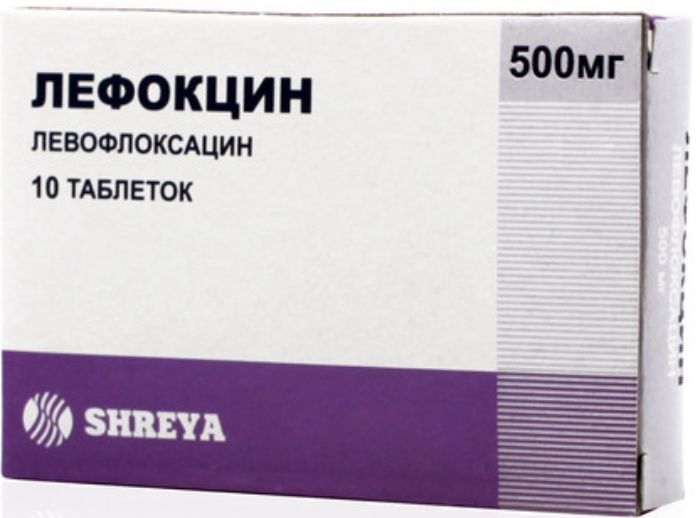
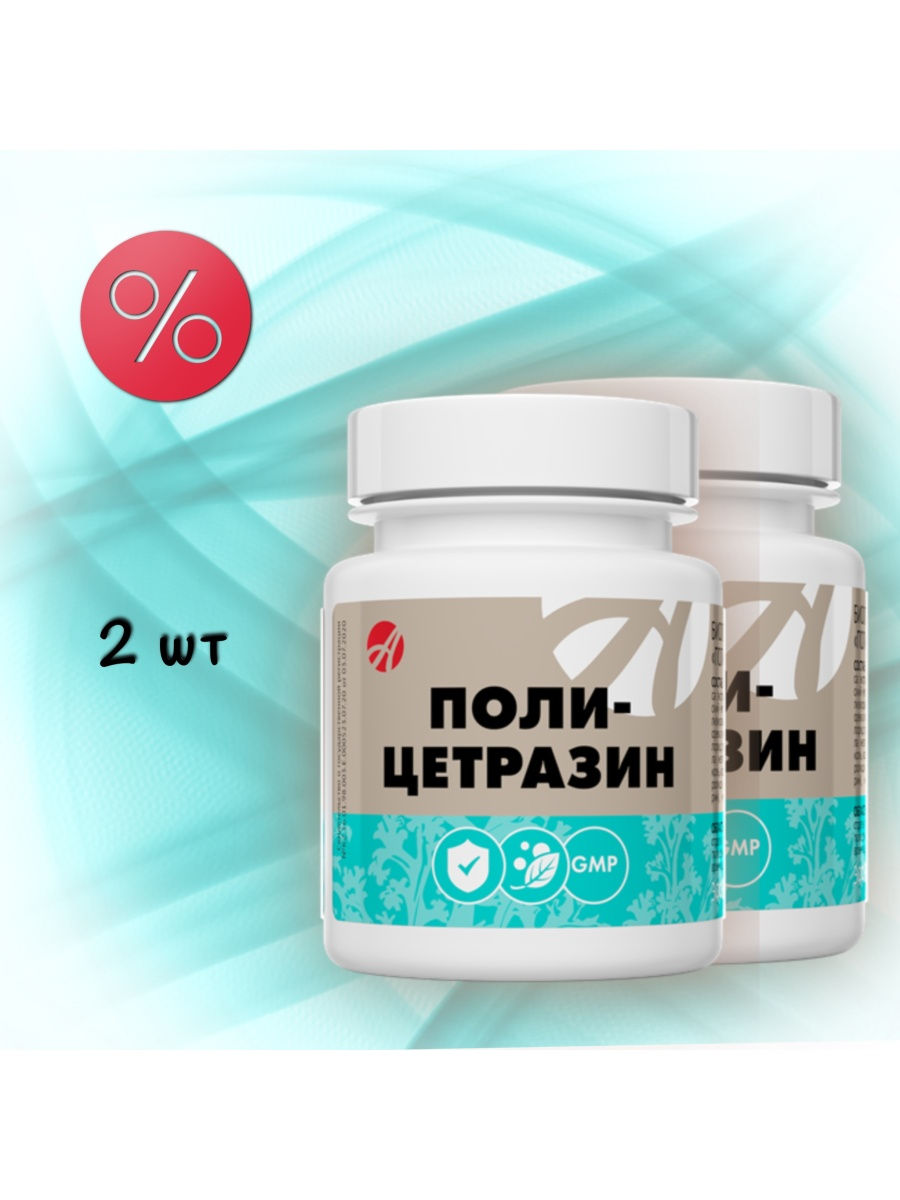
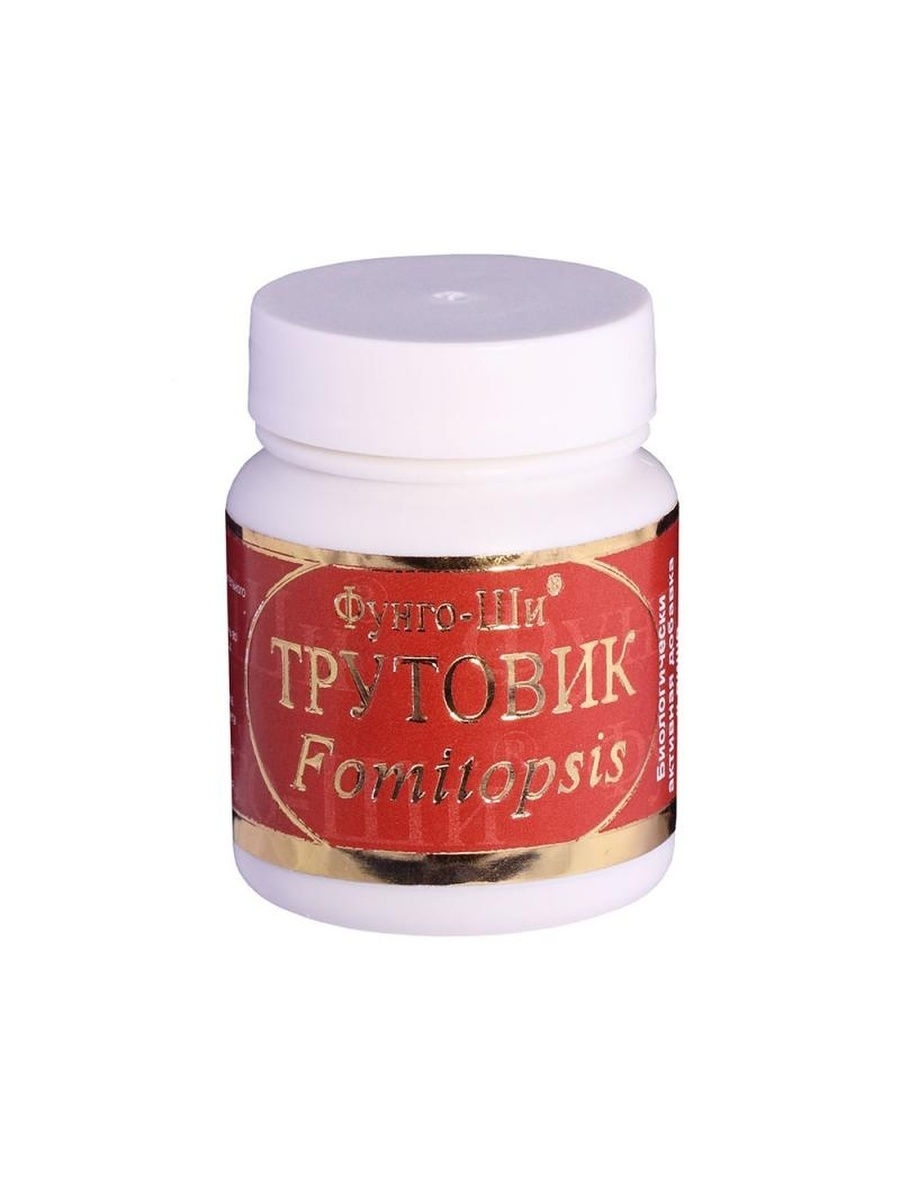
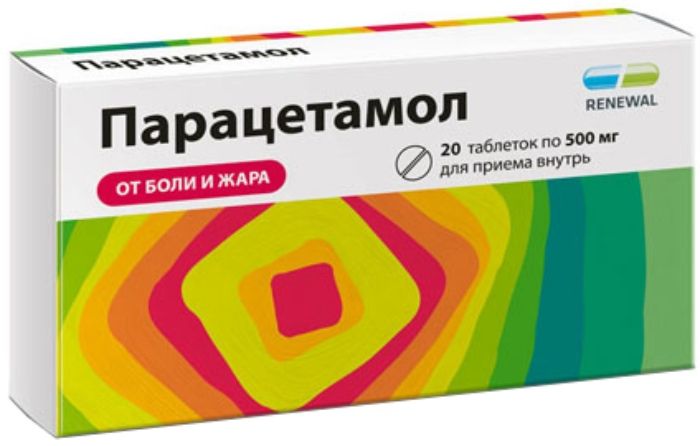
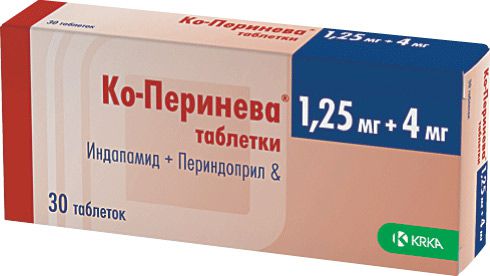

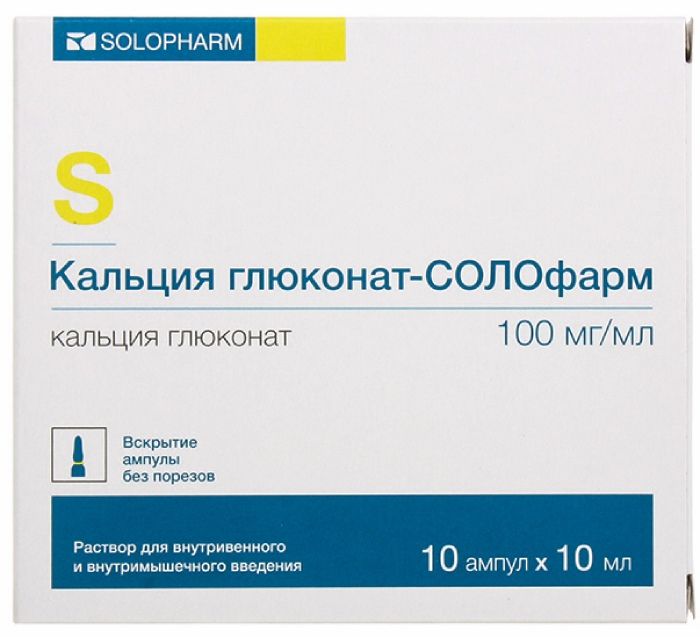




There are no reviews yet.